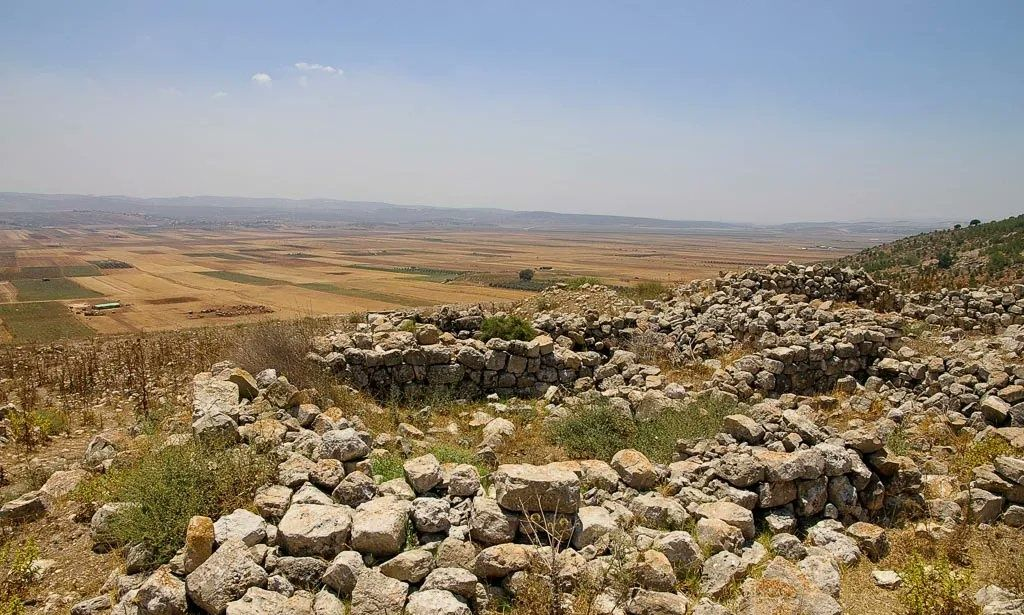For centuries, the true location of Jesus’s first miracle—the transformation of water into wine at a wedding in Cana—has been a subject of debate. But a team of archaeologists now claims to have pinpointed the actual site where this pivotal biblical event took place.
According to the Gospel of John, Jesus performed His first miracle in the town of Cana in Galilee. While the traditionally accepted site, Kafr Kanna—located just 5 kilometers northeast of Nazareth—has long been the destination for pilgrims, new evidence suggests the real Cana might lie elsewhere.
A Forgotten Village Reclaims History
Recent excavations at the ruins of Khirbet Qana, a little-known site about 8 miles northwest of Nazareth, are now challenging long-held assumptions. Archaeological findings indicate that Khirbet Qana was once a thriving Jewish village during the time of Jesus—an essential requirement given the biblical context of the story.
But what makes Khirbet Qana particularly compelling is the discovery of an early Christian worship site—hidden within a network of underground caves—dating back to the third century AD. Within one of these chambers, archaeologists have even uncovered two large stone jars, which early Christians believed were the very vessels used in the miracle.
A Tale of Two Canas
Since the Middle Ages, Kafr Kanna has claimed to be the site of the biblical Cana, housing the “Wedding Church” that thousands of tourists and pilgrims visit annually. This church also claims to possess the original stone jars used by Jesus. However, no archaeological evidence of a Jewish settlement from the Roman era has ever been found beneath Kafr Kanna—casting doubt on its authenticity as the true Cana of the New Testament.
In contrast, the ruins at Khirbet Qana reveal a rich and continuous Jewish presence from 323 BC to 324 AD. The site includes a Roman-era synagogue or study hall (Beth Midrash) and six coins minted by leaders of the Jewish Maccabean revolt. These findings not only confirm a Jewish community but also align closely with the Gospel narrative, which notes that the water jars were intended for Jewish purification rituals.
Early Christian Roots in Khirbet Qana
Since 1998, an archaeological team led first by the late Professor Douglas Edwards and now by Dr. Tom McCollough of Centre College has been excavating Khirbet Qana. In an article published in Biblical Archaeology Review, Dr. McCollough shared insights into the early Christian significance of the site.
Beneath the village, researchers discovered an elaborate network of Christian worship spaces dating from the Byzantine period through the Crusades (415–1217 AD). Some of these chambers are decorated and plastered, while others feature Christian graffiti—including crosses, pilgrims’ names, and phrases like “Kyrie Iesou” (Lord Jesus).
Most notably, one cave contains an altar fashioned from an overturned sarcophagus lid, above which sit two large stone jars—believed by early Christians to be the very ones from the miracle.
Why Cana Mattered to Jesus
What makes this discovery even more intriguing is the potential personal significance of Cana to Jesus Himself.
According to biblical scholar Dr. James Tabor, the account of the wedding at Cana may originate from an even older source known as the “Signs Gospel”, which the writer of John’s Gospel used as a foundation. This ancient narrative hints that Cana may have served as a kind of headquarters for Jesus’s early ministry or even a personal retreat.
The involvement of Mary, Jesus’s mother, in organizing the wedding suggests it may have been a family affair—possibly even the wedding of one of Jesus’s four brothers. This theory, while speculative, adds a deeply human dimension to the event.
A Discovery That Could Rewrite Tradition
While Kafr Kanna remains a popular pilgrimage destination, the mounting evidence at Khirbet Qana offers a more historically plausible location for the miracle at Cana. With its combination of Jewish settlement remains, early Christian worship spaces, and symbolic artifacts, this overlooked site may soon reshape both scholarly and popular understanding of one of Christianity’s most iconic stories.
Whether it was a family wedding or the symbolic beginning of Jesus’s public ministry, Cana has long captured the imagination of believers—and Khirbet Qana just might be the place where it all began.







